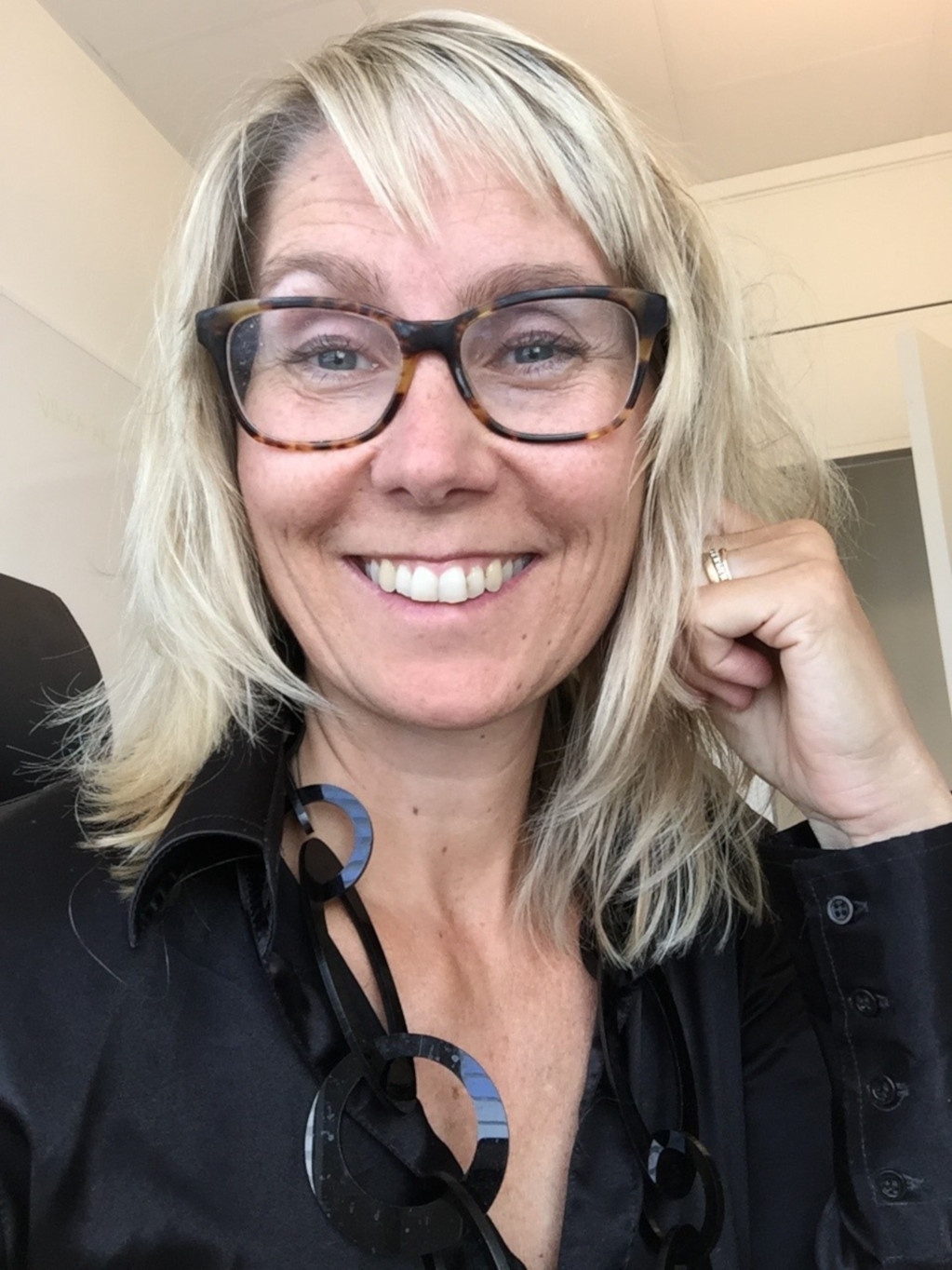Swedish university sport makes digital adaptations

While the past year has brought about various struggles as a result of the global pandemic, local university sports clubs in Sweden have adapted well to challenges and sped up the inevitable process of digitalisation as a necessary means to maintain engagement and help keep students active.
StiL is the northern-most Swedish university sports club based in Lulea, 900km north of Stockholm. This year their Alpine club could not travel together but the need for education in avalanche-security is perhaps greater than ever. Therefore, they arranged a digital education attracting over 300 people.
“Avalanche safety is so important,” says Camilla Asberg, president of StiL alpine. “The places where we and many skiers travel to gives us an opportunity to ski away from the regular slopes. Even if it is just a few meters, you run a great risk. Just to be on the mountain requires knowledge.”
Their ability to create engagement and educate members digitally is a great example of how many university sports clubs creatively solved various problems during the pandemic, showcasing that everything is indeed still possible with fun digital events, well planned marketing and an active board.
A good digital learning environment
Johanna St Clair Renard is the former president of the Swedish University Sports Federation, who is now she is responsible for education at the Swedish Sports Confederation Development Center, Boson. She shares some thoughts regarding digitalization, how to create engagement and education online.
“To create a good learning environment online, you need to ask the three questions: WHY, WHAT and HOW. By doing that you increase the possibility of a good meeting or lecture,” she says. 
Johanna continues and explains that another important aspect is the format.
“By reducing one way communication you give time for reflection in groups and as an individual. It is difficult to stay focused in front of a screen, so instead, lecture for 5-10 min, then break with questions or discussions. You can also let the breakout sessions be longer that normal since you lose some time changing to the digital rooms. Research also shows that the activity and presence increases if everybody leaves their camera on in digital meetings.”
There are still a lot of things to learn, but the Swedish university sports movement has adapted well in terms of digitalisation which sped up that process due to the pandemic.
IKSU engage thousands of students online
IKSU is the largest university sports club in Sweden with around 16 000 students. They asked themselves how they could keep being fun and give the best training sessions online, and did not wait for someone else to act, but developed their own platform. Today they offer 43 training sessions at the same time with 1-2 new sessions every week.
“The response has been great! Students appreciate being able to exercise at home together with their favourite instructor, even if they cannot visit our facilities. Now we get a lot of requests about subscriptions dedicated to online training only,” says Elvira Johansson, group training coordinator at IKSU.
The Swedish University Sports Federation have kindly shared a few tips on maximising your digital presence, which are as follows:
• Ask the three questions why, what, and how? Set a clear aim, purpose, effects. Why are you doing this education, what is the purpose? What do you want to achieve? How do you want to do it, in groups, with videos, chat rooms etc.?
• Target group – adapt. If they do not know each other have a “check-in exercise”.
• Communication – be clear in advance what is expected, what needs to be explained in advance?
• Timeframe – have a programme with some space so you can stick to the time frame even if time flies.
• Minimize one way communication – use group sessions, reflection time and breaks.
